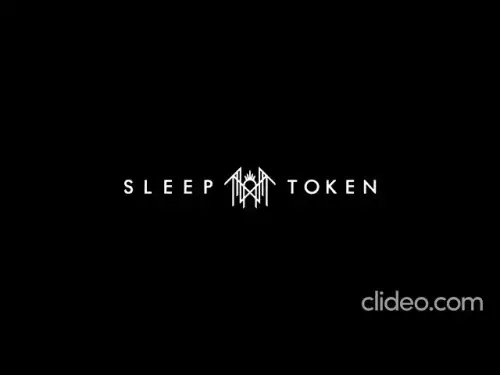-
 Bitcoin
Bitcoin $112200
0.96% -
 Ethereum
Ethereum $4310
0.64% -
 XRP
XRP $2.978
4.28% -
 Tether USDt
Tether USDt $0.9999
-0.02% -
 BNB
BNB $877.9
0.29% -
 Solana
Solana $215.6
6.68% -
 USDC
USDC $0.9997
-0.02% -
 Dogecoin
Dogecoin $0.2387
7.54% -
 TRON
TRON $0.3316
0.73% -
 Cardano
Cardano $0.8633
4.49% -
 Hyperliquid
Hyperliquid $50.46
7.52% -
 Chainlink
Chainlink $23.01
3.82% -
 Ethena USDe
Ethena USDe $1.001
-0.01% -
 Sui
Sui $3.469
2.94% -
 Stellar
Stellar $0.3750
4.79% -
 Bitcoin Cash
Bitcoin Cash $587.2
-2.71% -
 Avalanche
Avalanche $25.48
4.50% -
 Hedera
Hedera $0.2258
3.79% -
 UNUS SED LEO
UNUS SED LEO $9.548
0.05% -
 Litecoin
Litecoin $112.7
-1.24% -
 Cronos
Cronos $0.2527
-2.26% -
 Toncoin
Toncoin $3.098
-0.03% -
 Shiba Inu
Shiba Inu $0.00001287
4.08% -
 Polkadot
Polkadot $4.037
1.46% -
 Uniswap
Uniswap $9.567
3.02% -
 Dai
Dai $0.9997
-0.01% -
 Ethena
Ethena $0.7735
5.26% -
 World Liberty Financial
World Liberty Financial $0.2077
-7.48% -
 Monero
Monero $271.3
0.38% -
 Aave
Aave $302.8
1.35%
How can I use trading volume to determine whether the candlestick chart is a true breakout or a false breakout?
A breakout with high volume signals strong momentum, while low volume may indicate a false move—always confirm with volume trends and price action.
Sep 09, 2025 at 06:18 am
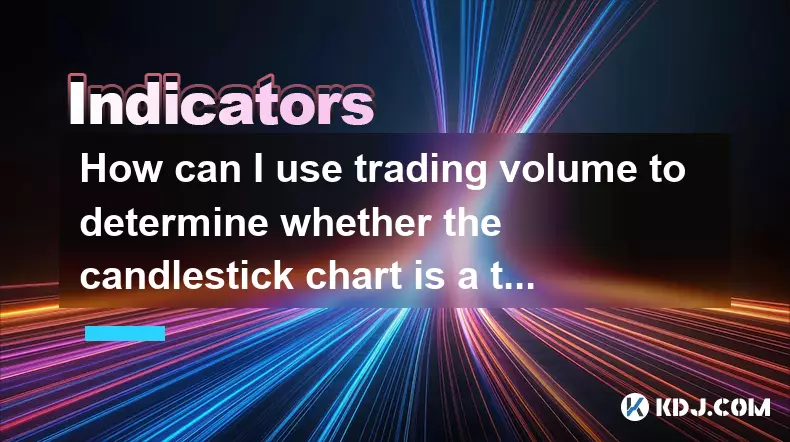
Understanding Breakouts in Candlestick Charts
1. A breakout occurs when the price of a cryptocurrency moves beyond a defined support or resistance level, often accompanied by increased momentum. Traders rely on these patterns to anticipate significant price movements. However, not all breakouts lead to sustained trends. Some are deceptive, known as false breakouts, where the price briefly crosses a key level before reversing.
2. The visual appearance of a candlestick breaking through a resistance or support zone can be misleading without additional confirmation. This is where trading volume becomes essential. Volume acts as a validator—high volume during a breakout suggests strong market participation and conviction behind the move.
3. In contrast, a breakout with low volume may indicate a lack of interest or manipulation by large players testing liquidity. These scenarios often result in price retracing back into the previous range, confirming a false signal.
4. Observing volume spikes at the point of breakout helps differentiate between genuine momentum and noise. A true breakout typically coincides with a noticeable surge in trading activity across major exchanges.
5. It’s also important to analyze volume in context. For example, a breakout following a prolonged consolidation phase carries more weight if supported by high volume, as it reflects accumulated pressure being released.
The Role of Volume in Confirming Breakouts
1. When a candlestick closes beyond a key technical level, examine the corresponding volume bar. A substantial increase—typically 1.5 to 2 times the average volume—signals strong buying or selling pressure, increasing the likelihood of a sustainable move.
2. If the breakout candle has volume that matches or exceeds recent highs during prior significant moves, this reinforces its validity. Low volume relative to recent averages raises suspicion, especially if the price quickly returns within the prior range.
3. Volume divergence can serve as an early warning. For instance, if multiple candles attempt to break out but each shows declining volume, it suggests weakening interest and a higher probability of failure.
4. Another useful technique is comparing volume across different timeframes. A breakout on the 4-hour chart gains credibility if the daily chart also shows rising volume, aligning shorter-term moves with broader market sentiment.
5. Institutional and whale activity often leaves a footprint in volume data. Sudden spikes in volume on decentralized exchanges or during off-peak hours may indicate coordinated moves designed to trigger stop-loss orders or trap retail traders.
Analyzing False Breakouts Using Volume Patterns
1. False breakouts, sometimes called 'bull traps' or 'bear traps,' occur when the price breaches a level but fails to maintain momentum. These are common in volatile markets like cryptocurrencies, where liquidity can shift rapidly.
2. One hallmark of a false breakout is a sharp price spike with minimal volume. This indicates limited participation and often results from algorithmic trading or stop-hunting strategies employed by market makers.
3. Watch for volume contraction after the initial breakout candle. If subsequent candles show diminishing volume while the price stalls, it suggests a lack of follow-through, increasing the chance of reversal.
4. Another red flag is a wick-heavy breakout candle—a long upper or lower shadow indicating rejection. When combined with low volume, this pattern strongly hints at a fakeout.
5. Range-bound markets amplify the risk of false signals. In such environments, price may repeatedly test boundaries. Only those breakouts accompanied by clear volume expansion should be considered reliable.
Frequently Asked Questions
What does a high-volume breakout followed by immediate reversal suggest?It may indicate a 'blow-off top' or 'capitulation bottom,' where extreme emotion drives a final surge before exhaustion. Such reversals often happen after FOMO-driven rallies or panic selling, even with high volume.
Can volume alone confirm a breakout?No single indicator is foolproof. Volume must be used alongside price action, support/resistance levels, and possibly on-chain metrics like exchange inflows or funding rates for stronger validation.
How do I calculate average volume for comparison?Take the sum of volume over the past 10 to 20 periods (candles) and divide by the number of periods. Compare the breakout candle’s volume to this baseline to assess significance.
Do breakout volume patterns differ between Bitcoin and altcoins?Yes. Bitcoin tends to have more consistent volume behavior due to higher liquidity. Altcoins often experience erratic volume spikes driven by speculation, social media hype, or pump-and-dump schemes, requiring stricter filters.
Disclaimer:info@kdj.com
The information provided is not trading advice. kdj.com does not assume any responsibility for any investments made based on the information provided in this article. Cryptocurrencies are highly volatile and it is highly recommended that you invest with caution after thorough research!
If you believe that the content used on this website infringes your copyright, please contact us immediately (info@kdj.com) and we will delete it promptly.
- Bitcoin Price, Whale Buys & MAGACOIN: What's the Deal?
- 2025-09-09 10:25:13
- Cryptos Primed for Upside Gains in September 2025: Arctic Pablo, MoonBull, and More
- 2025-09-09 09:10:46
- Ethereum, Solana, XRP: Decoding the Latest Crypto Trends
- 2025-09-09 09:10:46
- Dogwifhat, Meme Coin Mania, and Presales: What's the Deal?
- 2025-09-09 09:10:47
- Liberty Seated Dollar, 1870, Harlan Berk: Unveiling a Numismatic Mystery
- 2025-09-09 09:10:47
- OpenLedger (OPEN): Riding the AI and Exchange Listing Wave
- 2025-09-09 09:10:48
Related knowledge
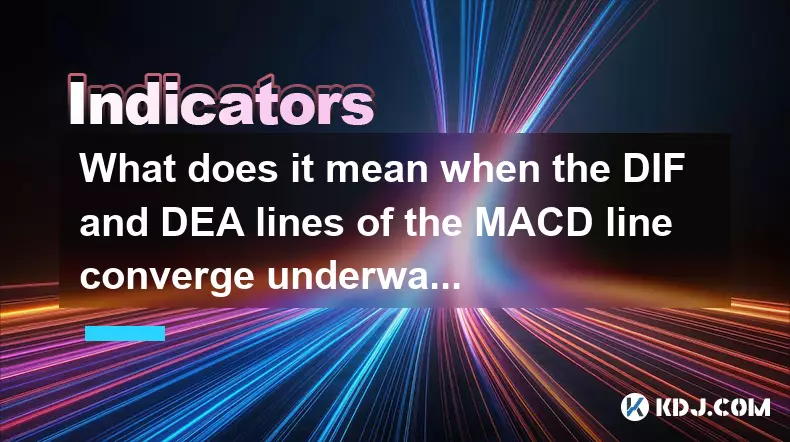
What does it mean when the DIF and DEA lines of the MACD line converge underwater?
Sep 09,2025 at 07:55am
Understanding MACD Components in Bearish Territory1. The MACD indicator consists of three elements: the DIF (Difference), DEA (Signal line), and the M...
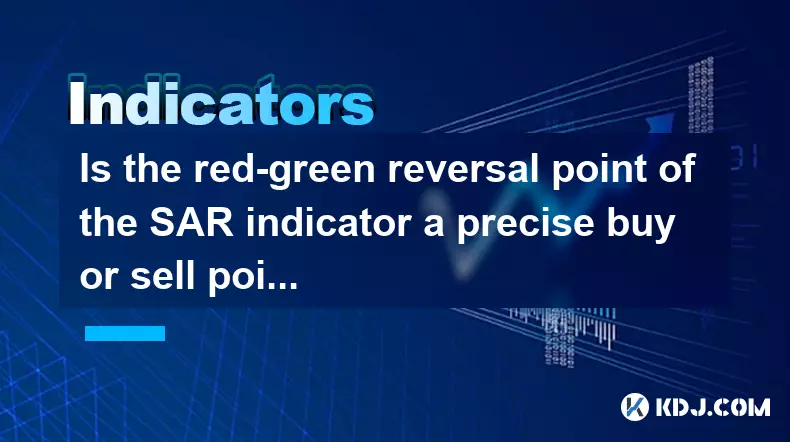
Is the red-green reversal point of the SAR indicator a precise buy or sell point?
Sep 09,2025 at 11:18am
Understanding the SAR Indicator in Cryptocurrency TradingThe SAR (Stop and Reverse) indicator, developed by J. Welles Wilder Jr., is a popular tool us...
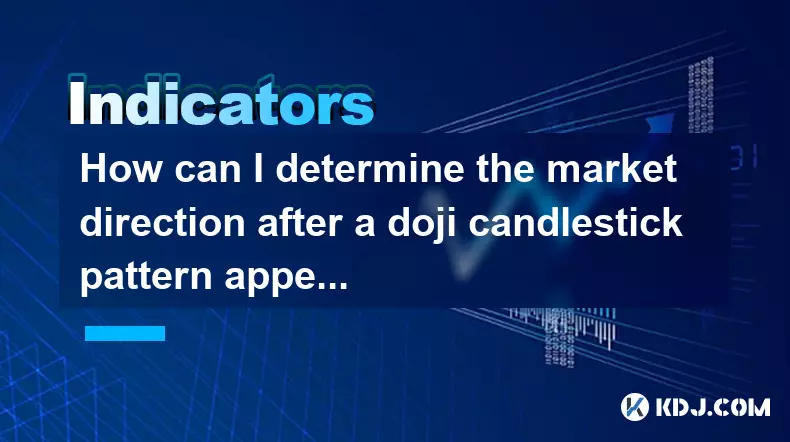
How can I determine the market direction after a doji candlestick pattern appears?
Sep 09,2025 at 05:37am
Understanding the Doji Candlestick in Crypto Markets1. The doji candlestick is a critical formation that signals indecision between buyers and sellers...
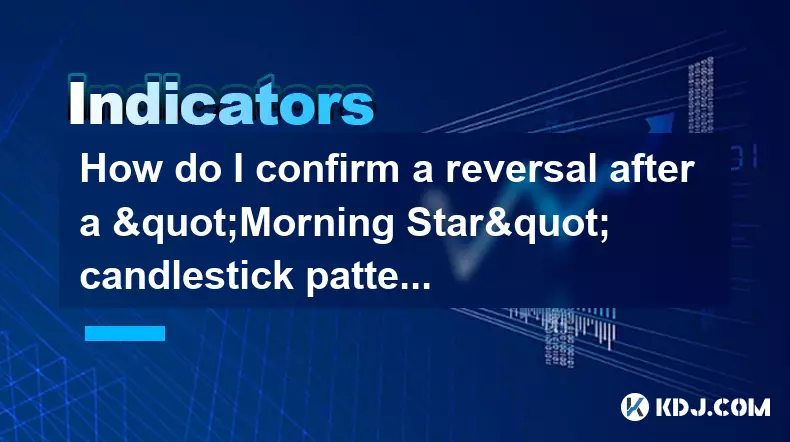
How do I confirm a reversal after a "Morning Star" candlestick pattern appears?
Sep 09,2025 at 05:19am
Understanding the Morning Star Candlestick Pattern1. The Morning Star is a bullish reversal pattern that typically forms at the end of a downtrend. It...

How can I use trading volume to determine whether the candlestick chart is a true breakout or a false breakout?
Sep 09,2025 at 06:18am
Understanding Breakouts in Candlestick Charts1. A breakout occurs when the price of a cryptocurrency moves beyond a defined support or resistance leve...
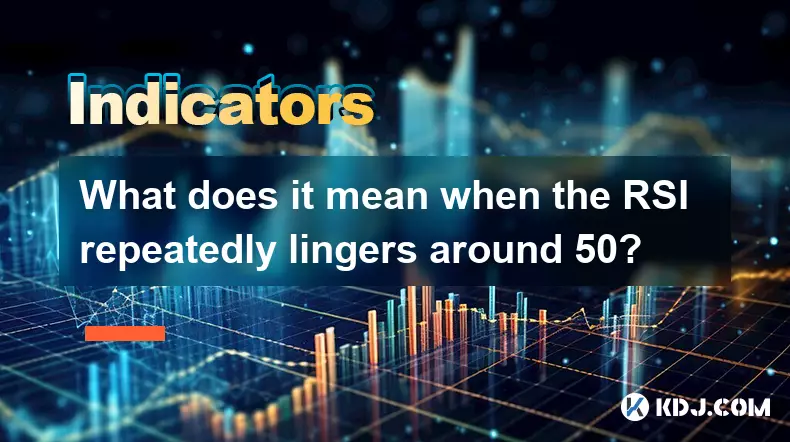
What does it mean when the RSI repeatedly lingers around 50?
Sep 09,2025 at 11:01am
Understanding RSI Behavior Around the 50 LevelThe Relative Strength Index (RSI) is a momentum oscillator widely used in cryptocurrency trading to meas...

What does it mean when the DIF and DEA lines of the MACD line converge underwater?
Sep 09,2025 at 07:55am
Understanding MACD Components in Bearish Territory1. The MACD indicator consists of three elements: the DIF (Difference), DEA (Signal line), and the M...

Is the red-green reversal point of the SAR indicator a precise buy or sell point?
Sep 09,2025 at 11:18am
Understanding the SAR Indicator in Cryptocurrency TradingThe SAR (Stop and Reverse) indicator, developed by J. Welles Wilder Jr., is a popular tool us...

How can I determine the market direction after a doji candlestick pattern appears?
Sep 09,2025 at 05:37am
Understanding the Doji Candlestick in Crypto Markets1. The doji candlestick is a critical formation that signals indecision between buyers and sellers...

How do I confirm a reversal after a "Morning Star" candlestick pattern appears?
Sep 09,2025 at 05:19am
Understanding the Morning Star Candlestick Pattern1. The Morning Star is a bullish reversal pattern that typically forms at the end of a downtrend. It...

How can I use trading volume to determine whether the candlestick chart is a true breakout or a false breakout?
Sep 09,2025 at 06:18am
Understanding Breakouts in Candlestick Charts1. A breakout occurs when the price of a cryptocurrency moves beyond a defined support or resistance leve...

What does it mean when the RSI repeatedly lingers around 50?
Sep 09,2025 at 11:01am
Understanding RSI Behavior Around the 50 LevelThe Relative Strength Index (RSI) is a momentum oscillator widely used in cryptocurrency trading to meas...
See all articles

























